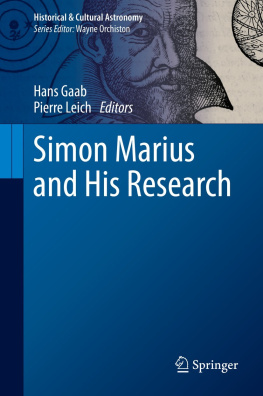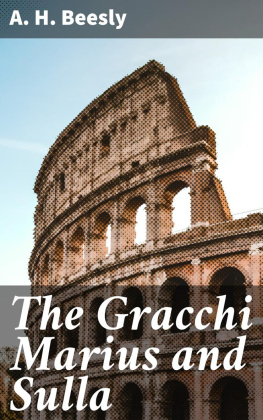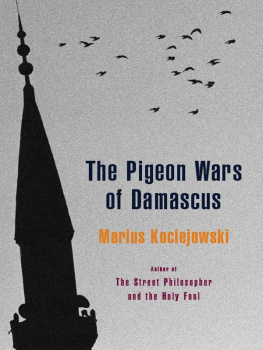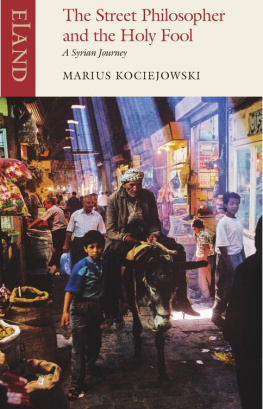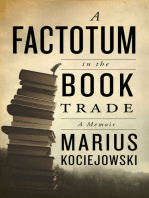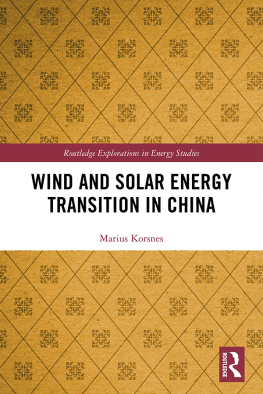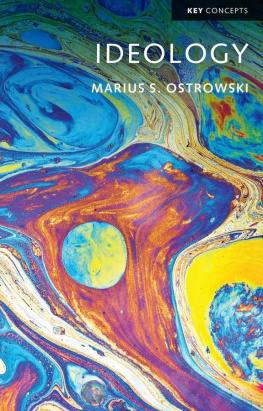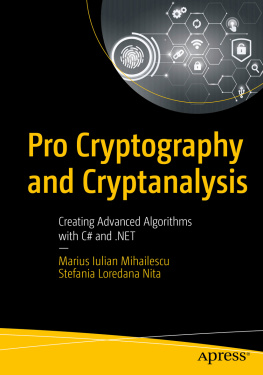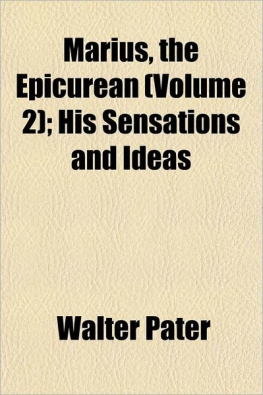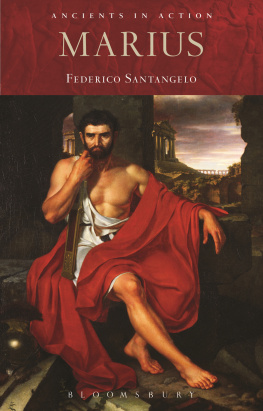Hans Gaab - Simon Marius and His Research
Here you can read online Hans Gaab - Simon Marius and His Research full text of the book (entire story) in english for free. Download pdf and epub, get meaning, cover and reviews about this ebook. year: 2016, publisher: Springer International Publishing, genre: Science. Description of the work, (preface) as well as reviews are available. Best literature library LitArk.com created for fans of good reading and offers a wide selection of genres:
Romance novel
Science fiction
Adventure
Detective
Science
History
Home and family
Prose
Art
Politics
Computer
Non-fiction
Religion
Business
Children
Humor
Choose a favorite category and find really read worthwhile books. Enjoy immersion in the world of imagination, feel the emotions of the characters or learn something new for yourself, make an fascinating discovery.
- Book:Simon Marius and His Research
- Author:
- Publisher:Springer International Publishing
- Genre:
- Year:2016
- Rating:5 / 5
- Favourites:Add to favourites
- Your mark:
- 100
- 1
- 2
- 3
- 4
- 5
Simon Marius and His Research: summary, description and annotation
We offer to read an annotation, description, summary or preface (depends on what the author of the book "Simon Marius and His Research" wrote himself). If you haven't found the necessary information about the book — write in the comments, we will try to find it.
Simon Marius and His Research — read online for free the complete book (whole text) full work
Below is the text of the book, divided by pages. System saving the place of the last page read, allows you to conveniently read the book "Simon Marius and His Research" online for free, without having to search again every time where you left off. Put a bookmark, and you can go to the page where you finished reading at any time.
Font size:
Interval:
Bookmark:
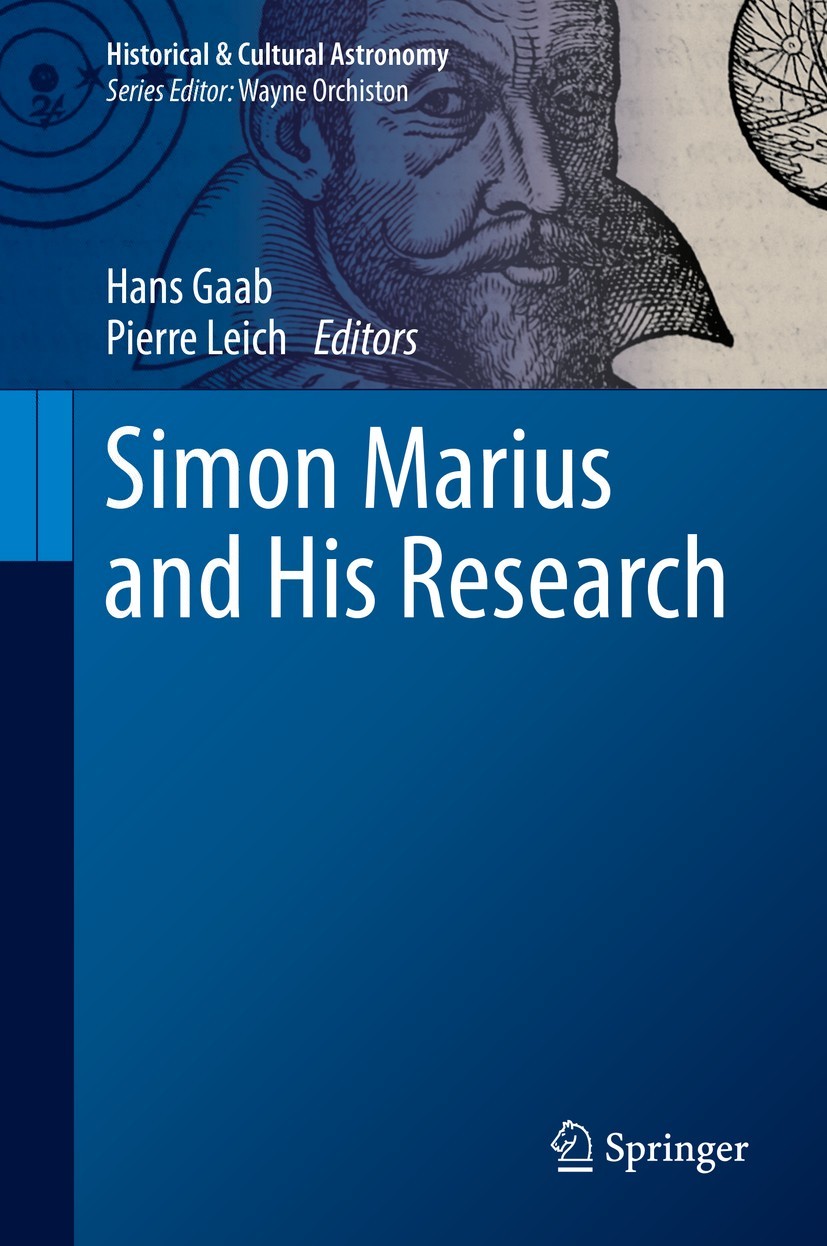
More information about this series at http://www.springer.com/series/15156

Cover illustration: Only portrait of Simon Marius from Mundus Iovialis , Nrnberg 1614, )( )( )( 2 v . Credit: Jay and Naomi Pasachoff Collection
This Springer imprint is published by the registered company Springer Nature Switzerland AG.
The registered company address is: Gewerbestrasse 11, 6330 Cham, Switzerland
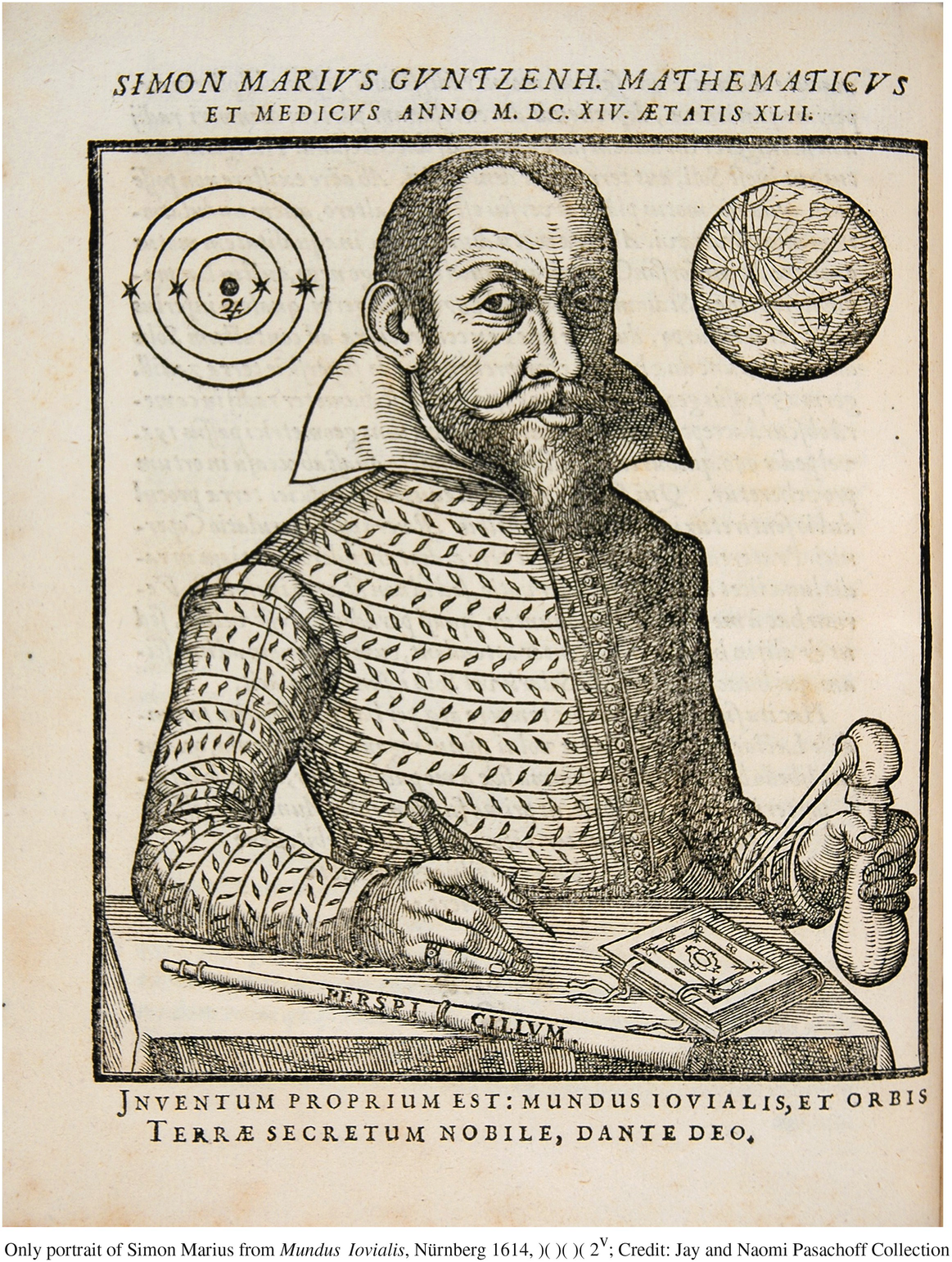
A little more than 400 years ago, the German astronomer Simon Marius (15731625) was one of the first to use the newly invented telescope for the study of planets, stars and the universe. Born in Gunzenhausen and working mainly in Ansbach, he discovered the four major moons of Jupiter independently of Galileo. Marius was the first to propose, in print, naming them Io, Europa, Ganymede and Callisto, as originally suggested to him by Johannes Kepler. It is not (yet) so well known that Simon Marius also worked on many other interesting astronomical topics; e.g. he investigated the Andromeda nebula and described it as an extended source of pale light with its intensity decreasing outwards from the centre.
This edition is an expanded English version of the original German volume Simon Marius und seine Forschung from 2016, which in turn was based on a conference about Simon Mariuss life and work jointly presented by the Nuremberg Astronomical Society and the Study Group for History of Astronomy of the German Astronomical Society in 2014. It contains more than a dozen very interesting and highly elucidating chapters on Marius and his research. The articles reflect the wealth and breadth of Simon Mariuss investigations and explorations; e.g. he studied and examined sunspots and comets, he worked on calendar making and astrology and he also considered the world at large.
Simon Marius accepted that Jupiter with its moons was something like a planetary system on its own. In this sense, he overcame the purely geocentric worldview. However, he still believed that Jupiter with its moons orbited the Earth, as would the other planets and the sun. So Simon Marius wouldnt go the full distance to the heliocentric system, but rather got stuck halfway, similar to Tycho Brahe; hence he is considered a Tychonic (and the readers of this volume will learn and understand why!).
This book adds significant new research to the life and work of Simon Marius. To pick just one article, Jay Pasachoffs account of the parallel and independent discoveries of Jupiters moons by Galileo and by Marius reads like a thriller and is very relevant for every researcher up to the present. Everyone interested in the history of astronomy in general and in the transition between the geocentric and the heliocentric worldviews in particular will benefit a lot by reading this book. This English version will offer these interesting new insights to a worldwide audience and hence broaden the potential readership significantly. It is my pleasure to thank the authors for their insightful contributions as well as the two editors Hans Gaab and Pierre Leichwho were in charge of the German version as wellfor their very careful and meticulous work. May this book find many interested readers!
Although the history of astronomy of the early seventeenth century has been well researched, the margravial court mathematician Simon Marius from Ansbach in Southern Germany has till now attracted little attention. This was above all the result of theas we now knowunjustified accusation of plagiarism by Galileo Galilei. However, a critical appraisal of his early observations of comets, the moons of Jupiter, the phases of Venus and sunspots has been somewhat lacking.
For this reason, the Nrnberger Astronomische Gesellschaft (Nuremberg Astronomical Society) initiated the Simon-Marius-Anniversary 2014 on the 400th anniversary of his opus magnum Mundus Iovialis . 66 cooperation partners participated in 60 events on which more than 250 reports appeared in the media.
The central project was the Marius Portal ( www.simon-marius.net ), which, with a multilingual-menu navigation, documents everything by and about Marius. The webpage was launched in the Staatsarchiv Nrnberg (States Archive Nuremberg) on 18th February and in the meantime forms the most extensive and most important presentation of Marius.
The mathematician, physician, astronomer and calendar maker experienced in 2014 a delayed gratification through the naming of asteroid (7984) Marius by the International Astronomical Union.
Font size:
Interval:
Bookmark:
Similar books «Simon Marius and His Research»
Look at similar books to Simon Marius and His Research. We have selected literature similar in name and meaning in the hope of providing readers with more options to find new, interesting, not yet read works.
Discussion, reviews of the book Simon Marius and His Research and just readers' own opinions. Leave your comments, write what you think about the work, its meaning or the main characters. Specify what exactly you liked and what you didn't like, and why you think so.

